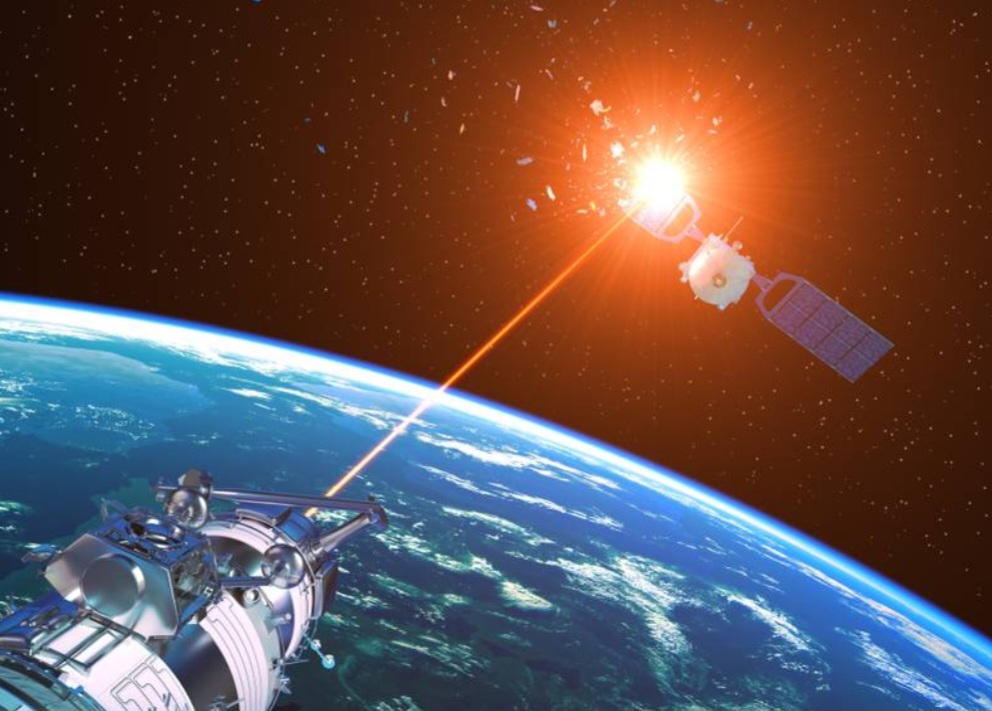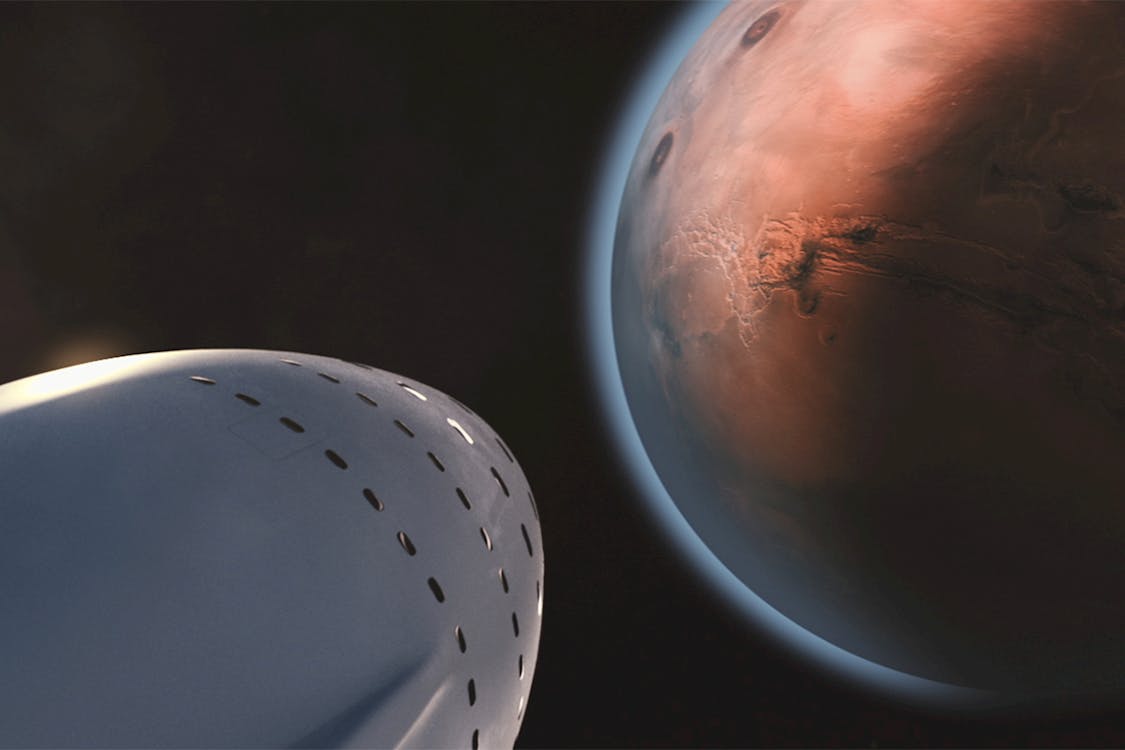War Economy Disrupts Space: Starship, ExoMars & ISS Delays and Investment Risks, Space—the final frontier—is no longer just about exploration, scientific discovery, or billionaire bragging rights. As global tensions escalate, military conflicts on Earth are disrupting space programs, delaying missions, and creating significant risks for space-related investments.
From SpaceX’s Starship delays to the troubled ExoMars project, and ongoing uncertainty around the International Space Station (ISS), it’s clear that the geopolitical crises of Earth are pulling gravity on the very industry that promised to take humanity beyond it.
The War Economy and Its Reach Beyond Earth
As of 2025, the global economy is increasingly shaped by war-driven spending. Governments across NATO, Russia, China, and India are pouring record amounts into defense budgets. The focus on missiles, drones, and cyberwarfare is reshaping global supply chains, drawing skilled labor, semiconductors, and raw materials away from commercial space ventures and toward military production.
This reallocation of resources is not just slowing progress—it’s actively threatening long-term investment returns for space technology companies, launch providers, and even satellite operators.
How Wars on Earth Are Disrupting Space:
-
Supply Chain Disruptions: Critical materials for rockets—like titanium, aluminum, and rare earth elements—are being diverted for military use.
-
Sanctions and Export Controls: The Russia-Ukraine war, ongoing since 2022, triggered massive sanctions that cut Russia off from major Western technology suppliers, derailing joint space programs.
-
Shifting Talent Pools: Engineers and scientists who might have worked on space exploration are increasingly recruited into military projects.
-
Satellite Vulnerabilities: With the rise of anti-satellite weapons (ASAT), investors worry about the future safety of billion-dollar space infrastructure.
Starship Delays: The Earthbound Super Rocket
SpaceX’s Starship, designed to carry humans to the Moon and Mars, has faced repeated launch delays in 2024 and 2025. While technical challenges are expected with a next-generation rocket, external factors are now compounding the problem.
-
Material Shortages: Increased demand for aerospace-grade stainless steel and composite materials by defense contractors has slowed SpaceX’s production capacity.
-
Regulatory Bottlenecks: As the U.S. focuses more on military launches (especially classified payloads for intelligence agencies), civilian and commercial launches are increasingly deprioritized at facilities like Cape Canaveral and Vandenberg.
-
Government Focus Shift: The U.S. government, a major customer for SpaceX, is currently allocating more budget to defense programs over NASA priorities.
While SpaceX remains a market leader in launch services, the financial risks for private investors have increased. Funds earmarked for Mars are being redirected toward defense satellites and military payloads.
ExoMars: Collateral Damage of Russia-Europe Breakdown
The ExoMars mission, a joint effort between the European Space Agency (ESA) and Roscosmos (Russia’s space agency), aimed to search for signs of life on Mars. But following Russia’s invasion of Ukraine in 2022, ESA officially suspended cooperation with Roscosmos in 2023.
-
Landing System Issue: Russia was responsible for providing the lander (Kazachok) for the ExoMars mission, leaving the program stranded.
-
New Partnerships Needed: ESA is now scrambling to partner with NASA or other agencies to fill the gap, leading to years-long delays.
-
Investment Risks: For European space tech suppliers, what should have been a showcase of interplanetary engineering is now a multi-billion-euro uncertainty.
The collapse of ExoMars collaboration also highlights a growing bifurcation in space geopolitics: Western agencies increasingly align with the U.S. and NASA, while Russia turns toward China for its cosmic ambitions.
ISS Future: Fractured Partnerships, Uncertain Legacy
The International Space Station (ISS) has long symbolized peaceful cooperation in space, particularly between the U.S., Russia, Europe, Japan, and Canada. But geopolitical tensions are eroding that partnership.
-
Russia’s Exit Plans: Roscosmos has repeatedly stated its intention to withdraw from ISS operations post-2028, focusing instead on building its own space station (ROSS).
-
China’s Space Station Alternative: Meanwhile, China’s Tiangong Space Station is fully operational, creating a rival space platform for non-Western nations.
-
Maintenance Challenges: Without Russia’s participation, critical modules and propulsion responsibilities for station maintenance fall disproportionately on NASA and ESA, increasing operational risks and costs.
For investors in commercial space tourism and low-Earth-orbit (LEO) science projects, ISS uncertainty adds volatility to expected returns.
Satellite Wars: A Growing Threat to Orbital Assets
As global conflicts intensify, so does the threat to satellites—many of which are essential to modern communication, banking, defense, and weather forecasting.
-
Anti-Satellite (ASAT) Tests: Countries like China, Russia, and even India have demonstrated the ability to destroy satellites in orbit.
-
Space Debris: These ASAT tests create thousands of dangerous fragments, increasing the risk of collision for operational satellites.
-
Cyberattacks: In 2022, during the Russia-Ukraine war, cyberattacks on satellite networks like Viasat showcased how vulnerable satellite systems are to hacking. In 2025, these risks have only increased.
Investors in satellite broadband (e.g., Starlink, OneWeb), telecom satellites, and earth observation platforms face rising insurance costs and uncertain return-on-investment due to these escalating threats.
Defense Militarization of Space
Ironically, while wars disrupt civilian space ambitions, they are accelerating military space investment:
-
U.S. Space Force Expansion: The U.S. is investing billions in military satellites, early-warning systems, and space-based missile defense.
-
China’s Dual Use Programs: China’s space program increasingly intertwines military and civilian projects, making commercial partnerships with Western firms politically sensitive.
-
Private Sector Militarization: Even companies like SpaceX, through their Starshield project, are now actively developing military-specific satellite services for government contracts.
For investors, this creates a strange duality: commercial space dreams are on pause, but military space programs are booming.
Where Does This Leave Investors?
Investing in the space sector during times of global conflict is a high-risk, high-reward game.
Risks:
-
Delays in high-profile missions (e.g., Starship, ExoMars).
-
Increased insurance premiums for satellite operators.
-
Fragmented global collaboration, making international partnerships difficult.
-
Threats to physical and cyber security of space assets.
Opportunities:
-
Military contracts for defense-related satellite systems.
-
Growth in cybersecurity firms that support space infrastructure.
-
Potential for “space debris cleanup” industries as orbital clutter becomes a strategic issue.
-
Alternative alliances—NASA and ESA growing closer, China building its independent partnerships.
Conclusion: The New Space Race—Fueled by Conflict, Not Curiosity
The romantic idea of space as humanity’s peaceful “next frontier” has been replaced by a harsher reality: Space is becoming a theater of geopolitical competition.
For visionary investors, the potential of the space economy remains massive—commercial satellite internet, asteroid mining, lunar bases—but the journey has become far more treacherous. What was once a unifying dream is now another arena for global power struggles.
The smart money today is cautious. Investments are increasingly moving from the exploratory to the defensive—not to build utopias on Mars, but to secure assets in Earth’s orbit from being used as pawns in the next global conflict.
The future of space is still coming—but it’s arriving under the shadow of Earth’s oldest habit: war. How Can You Turn Jackfruit Seeds into Delicious Meals? | Maya





One thought on “War Economy Disrupts Space: Starship, ExoMars & ISS Delays and Investment Risks”